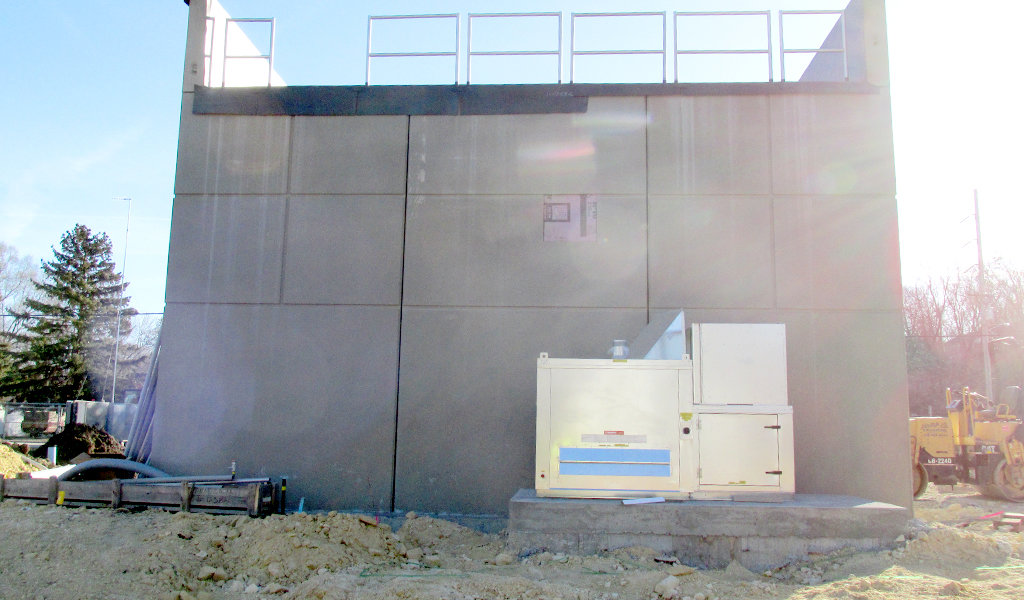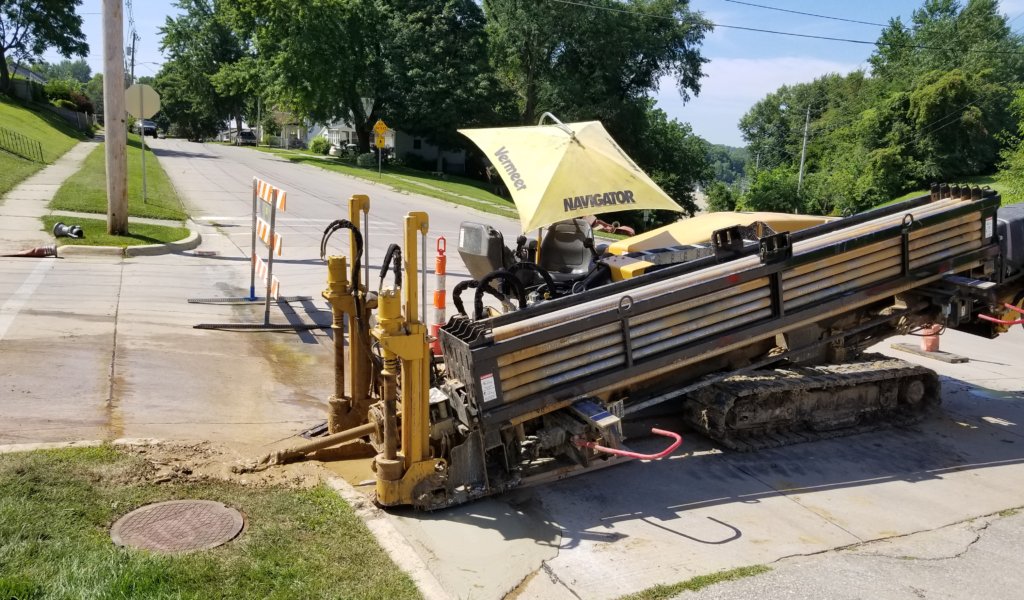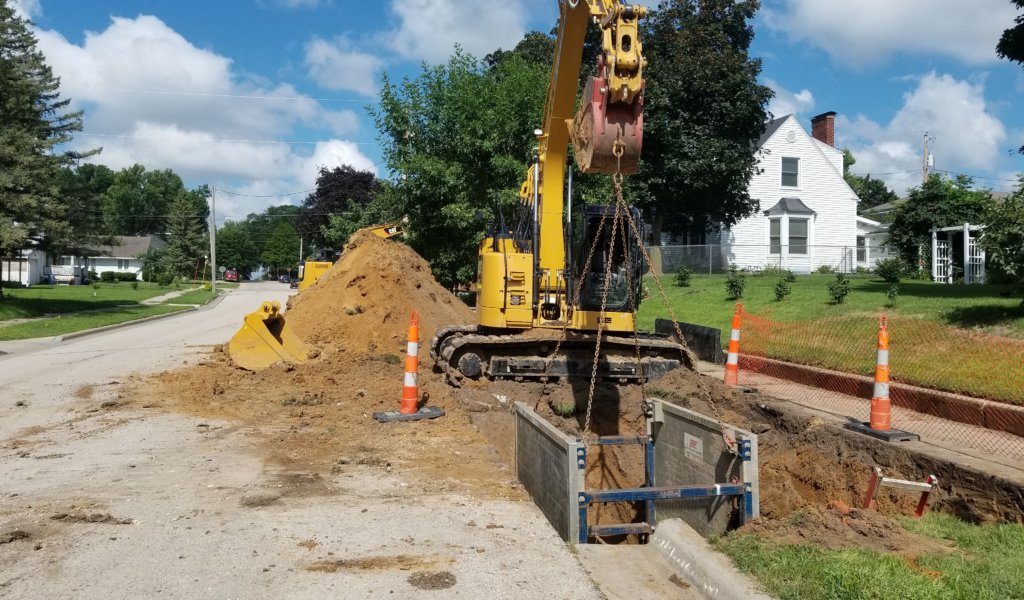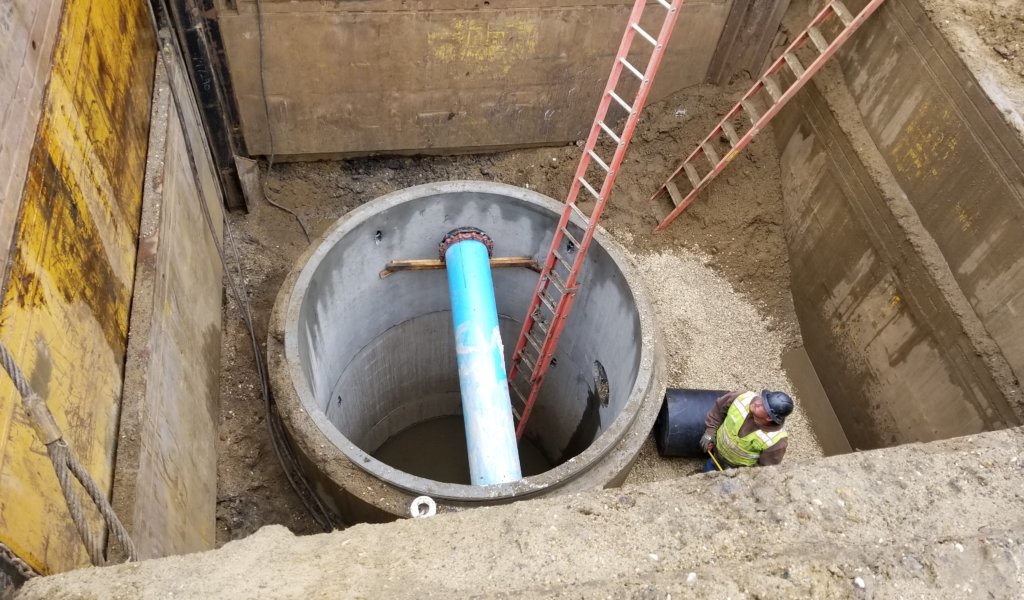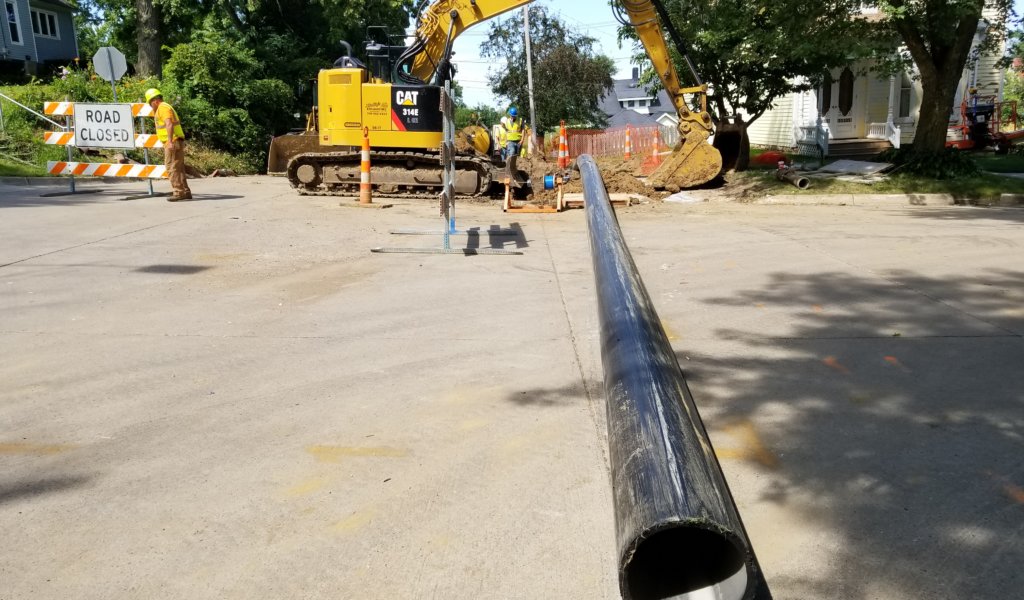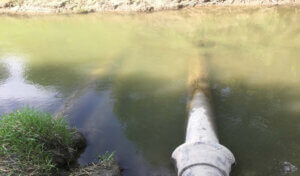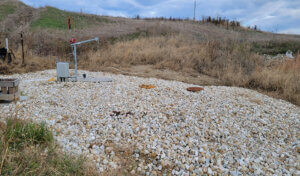
Anamosa 2nd Street Wastewater Lift Station Improvements
As community leaders in mature communities know, the need for new and more efficient wastewater systems is a universal concern. This issue was an unwelcome reality for many Anamosa residents near the 2nd Street lift station. Frequent sewage backups into homeowner’s basements had resulted in numerous insurance claim filings and additional expenses to the city. Anamosa city leaders turned to the professionals with Snyder & Associates to tackle this concerning and costly problem.
As the designers of the city’s new wastewater treatment facility, our team was intimately familiar with the current municipal systems in Anamosa. After preparing upgraded facility plans and offering solutions to upgrade the aging infrastructure, our experts collaborated with city staff to determine the most cost-effective and sustainable solution.
Upgrades Increase Lift Station & Force Main Capacity While Improving Efficiency & Safety
The preferred option involved upgrading the existing wastewater lift station and portions of the adjoining sanitary sewer collection system. Lift stations are pumping stations used to move wastewater from a lower elevation to a higher elevation and eventually to a treatment facility.
A new, precast structure was constructed to house the lift station apparatus. The facility’s capacity was increased from 800,000 gallons per day to over 2.4 million gallons per day. To meet current Iowa Department of Natural Resources (DNR) water quality design standards, the new station is equipped with a three-pump system, where one serves as a backup. Each of the three pumps is controlled by variable frequency drives, providing the pumps the capability to handle a wide range of pumping needs, ensuring operational efficiency. The plan also doubled the size of the force main piping, which extends over ½ mile along 2nd Street to the west of the lift station.
Vertical Wastewater Filtration Prevents Clogging & Potential Damage
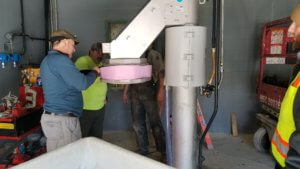
The above-ground section of the vertical screen. The pink bag collects debris that flows towards the station.
To address the problem of unnatural items clogging the system — a point of discontent for city leaders and staff in the past — a vertical screen was installed within the pipes leading towards the upgraded station. A vertical screen system accumulates and eliminates much of the debris before it enters the lift station, a proactive measure that will extend the treatment system’s longevity. Additionally, the screen is self-serviced by clearing blockages through a rotation system, eliminating the unsafe task of maintenance personnel climbing into the unsanitary wells to remove blockages.
Trenchless Installation Provides Minimal Disturbance
Installing new sewer pipes and infrastructure in established residential areas is often a high-impact process that necessitates removing sidewalks, roadways, and driveways. For this project, however, trenchless construction technology was employed.
While it requires specialized equipment, trenchless technology has become increasingly popular in the engineering industry as it provides an environmentally and financially sound alternative to traditional excavation techniques. This non-invasive method produces less damage than open-cut techniques, using only a few entry and exit holes to push or pull the new sewer line into place. Most of the new sewer was installed through this method, reducing daily traffic disruptions and eliminating the disturbance of existing underground utilities.
Snyder & Associates provided all construction administration and observation services for this project. Our team also relayed the city’s needs to the contractor to facilitate a seamless construction process that minimized environmental impacts, continued wastewater treatment plant operations, and mitigated residential disturbance. With these upgrades in place, the Anamosa sanitary system will be able to manage expected community growth well into the future.
